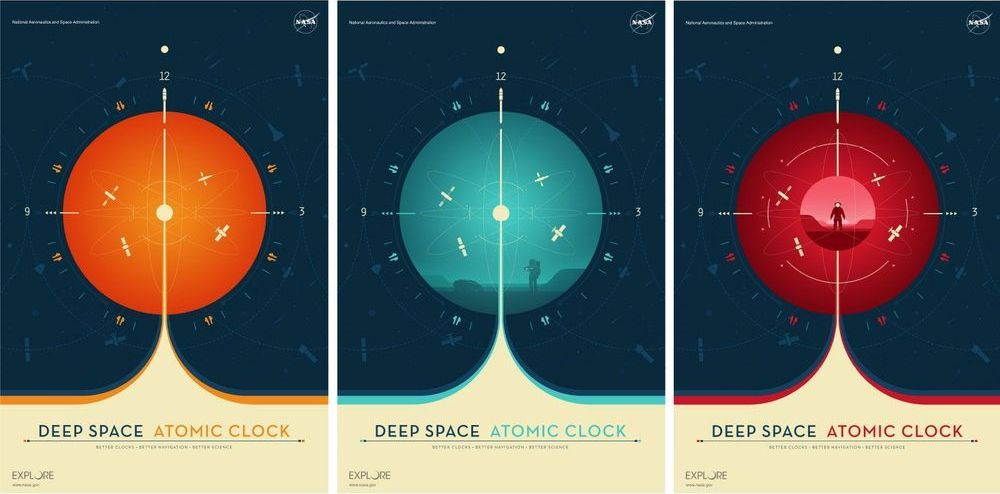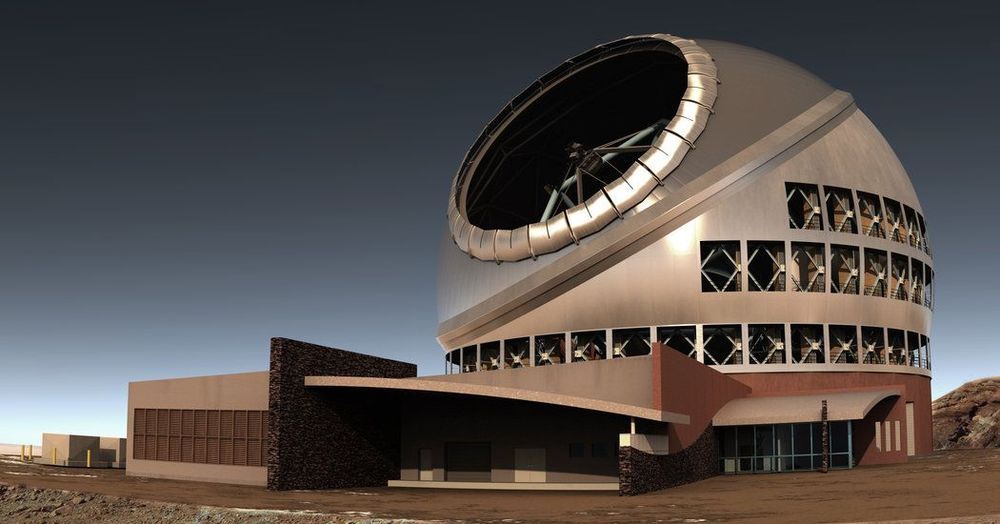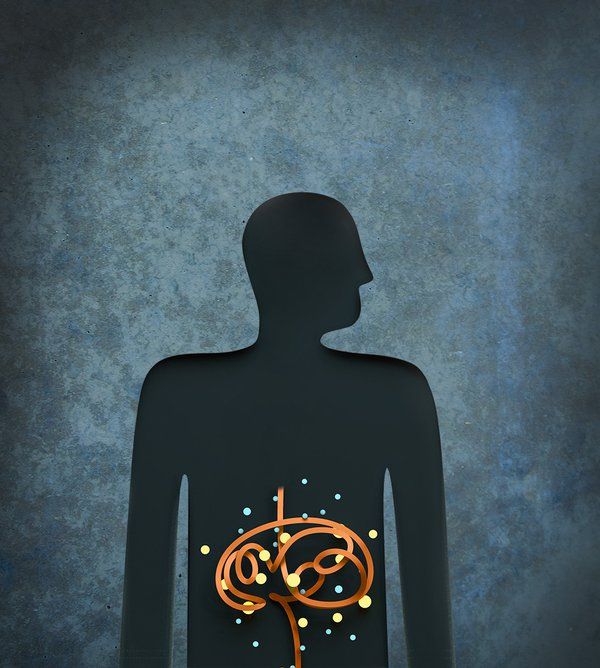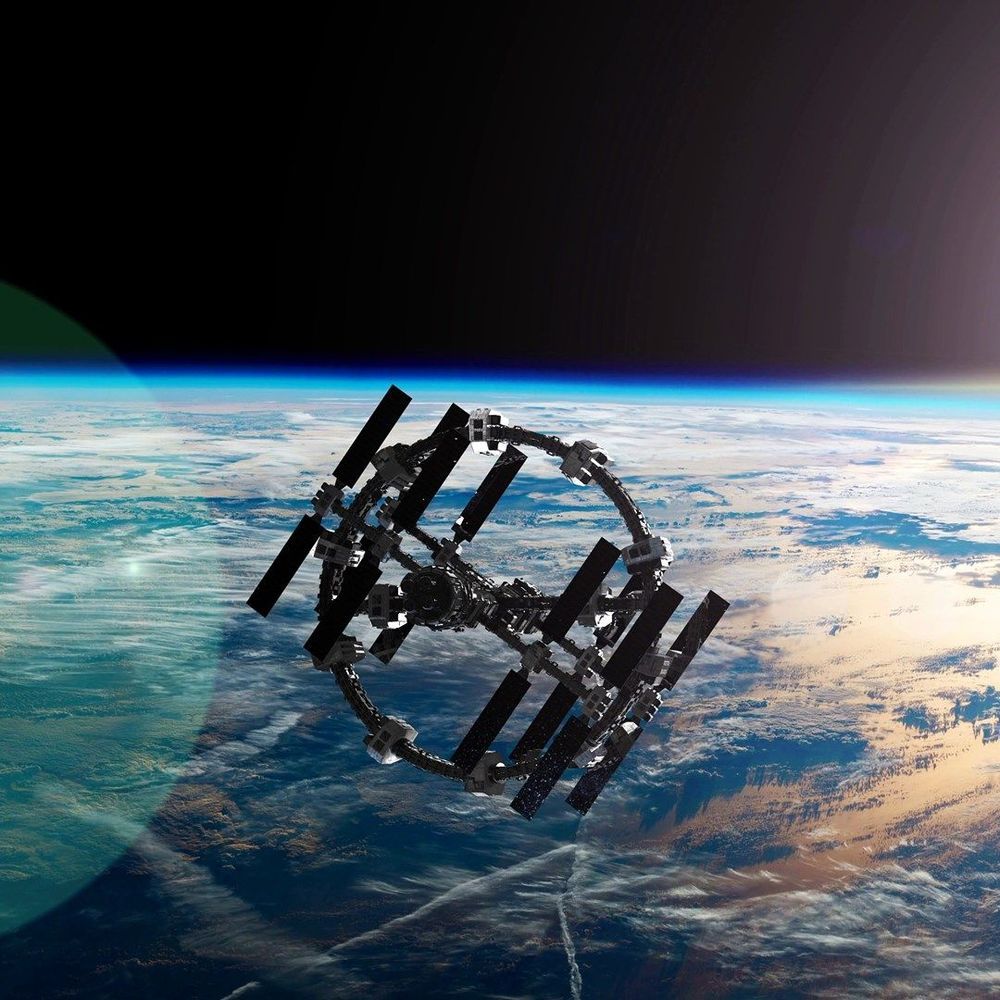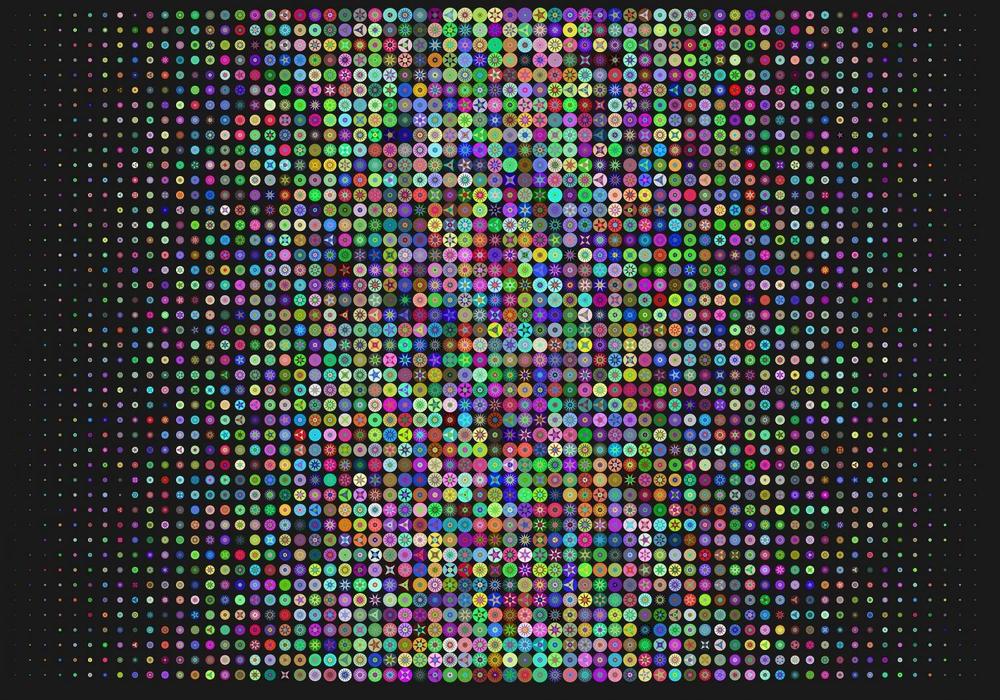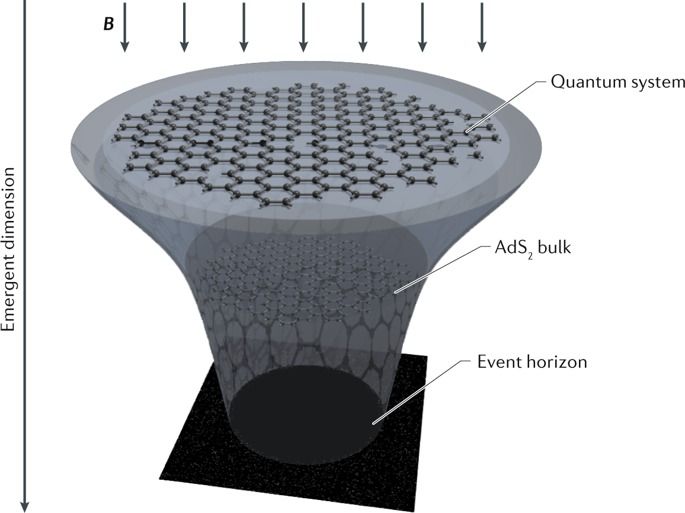June 19, 2019 Kavli Institute for the Physics and Mathematics of the Universe (Kavli IPMU)
What Is an Atomic Clock?
Clock is ticking: A technology demonstration that could transform the way humans explore space is nearing its target launch date of June 24, 2019. Developed by NASA’s Jet Propulsion Laboratory in Pasadena, California, the Deep Space Atomic Clock is a serious upgrade to the satellite-based atomic clocks that, for example, enable the GPS on your phone.
Work on the Thirty Meter Telescope on Mauna Kea, bitterly opposed by Hawaiian activists, may soon be underway.
Computer vision researchers report using special light sources and sensors to see around corners or through gauzy filters, letting them reconstruct the shapes of unseen objects.
Though serotonin is well known as a brain neurotransmitter, it is estimated that 90 percent of the body’s serotonin is made in the digestive tract. In fact, altered levels of this peripheral serotonin have been linked to diseases such as irritable bowel syndrome, cardiovascular disease, and osteoporosis. New research at Caltech, published in the April 9 issue of the journal Cell, shows that certain bacteria in the gut are important for the production of peripheral serotonin.
Researchers from CSIRO’s Data61, the data and digital specialist arm of Australia’s national science agency, have developed a world-first set of techniques to effectively ‘vaccinate’ algorithms against adversarial attacks, a significant advancement in machine learning research.
International team spearheaded by researchers at McGill University has discovered a biological mechanism that could explain heightened somatic awareness, a condition where patients experience physical discomforts for which there is no physiological explanation.
:0000000 imagine a ship covered in blackhole metal face_with_colon_three
Holographic quantum matter exhibits an intriguing connection between quantum black holes and more conventional (albeit strongly interacting) quantum many-body systems. This connection is manifested in the study of their thermodynamics, statistical mechanics and many-body quantum chaos. In this Review, we discuss these connections, focusing on the most promising example of holographic quantum systems to date – the family of Sachdev–Ye–Kitaev (SYK) models. The SYK models are simple quantum mechanical models that have the potential to holographically realize quantum black holes. We examine various proposals for the experimental realizations of SYK models, including ultracold gases, graphene flakes, semiconductor quantum wires and 3D topological insulators. These approaches offer the exciting prospect of accessing black hole physics and thus addressing many important questions regarding quantum gravity in the laboratory.

